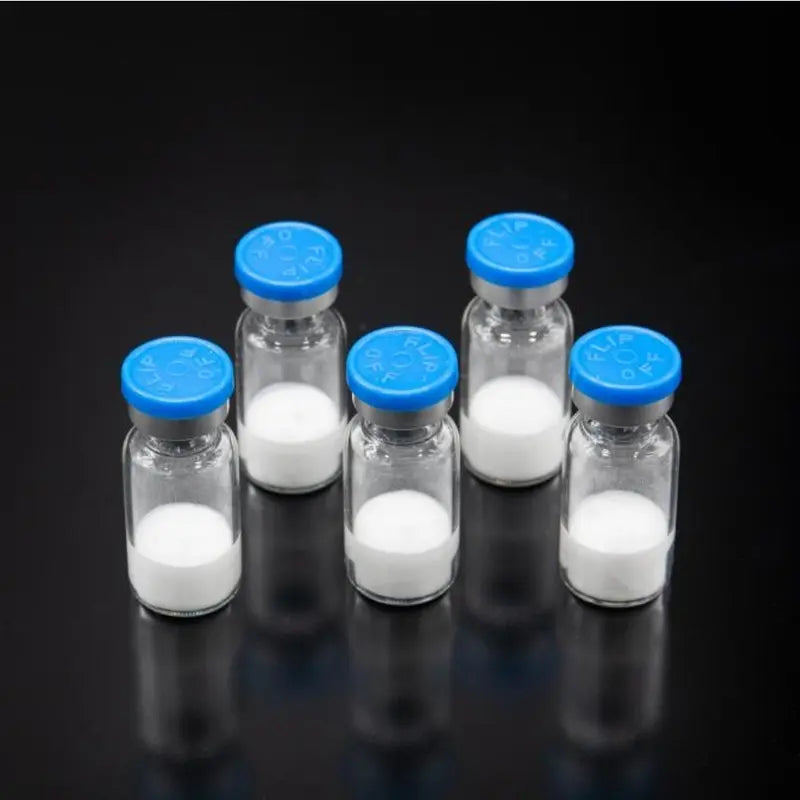
Storing Your Peptides: From the Moment They Arrive to the Final Dose
Share
You just received your peptide vials. Whether you’re using them today or saving them for later, how you store them matters. Peptides are powerful—but they’re also fragile. Proper storage protects potency, stability, and safety.
Here’s how to store peptides before and after reconstitution—and what to know about refrigerating, freezing, and handling them.
📦 Before Reconstitution: Lyophilized (Powdered) Peptides
Lyophilized peptides arrive as a dry, freeze-dried powder. In this state, they’re more stable—but still sensitive to heat, moisture, and light.
✅ Best Practices:
- Store in the refrigerator (36–46°F) in a dark, dry place
- Keep them upright, sealed, and out of direct light
🧊 Can You Freeze Powdered Peptides?
Yes. Freezing is safe and often recommended for long-term storage.
- Freeze vials unopened in an airtight bag or vacuum-sealed pouch
- Avoid repeated thawing and refreezing
- Label with the date frozen
Shelf life when frozen: 2–3 years
Shelf life refrigerated (not frozen): 12–24 months
💧 After Reconstitution
Once you’ve added BAC water to dissolve the peptide, everything changes. Reconstituted peptides are more vulnerable to breakdown and contamination.
✅ Store in the Refrigerator
- Keep at 36–46°F
- Always sterilize the rubber stopper before drawing a dose
- Do not freeze once reconstituted
🧊 Why You Shouldn’t Freeze After Reconstitution:
- Freezing can cause peptide chains to break or separate
- Ice crystals can compromise potency
- It may lead to contamination or loss of effectiveness
Shelf life after reconstitution:
- 30–60 days is standard
- Up to 90 days if kept sterile and refrigerated consistently
✈️ Travel Tip
Use a small cooler with an ice pack for transport.
Keep the vial cold, but not frozen.
Final Word
✅ Freeze before reconstitution if you need long-term storage
✅ Refrigerate after reconstitution and use within 1–3 months
❌ Never freeze reconstituted peptides
Storing peptides properly isn’t complicated—it’s just about consistency. Keep them cool, clean, and protected, and they’ll perform as intended.